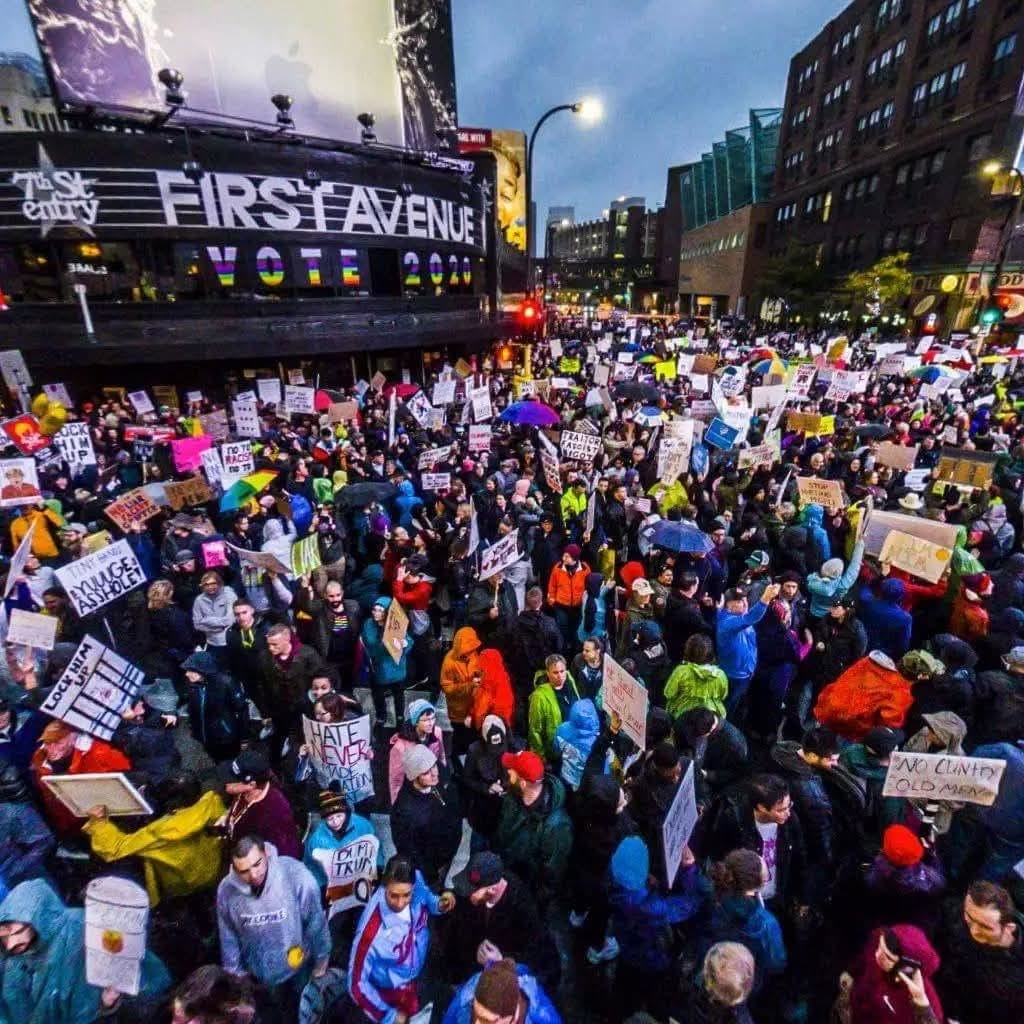Heading to a “Hands Off!” protest this Saturday? Here’s everything you need to know — your rights, safety tips, and what to do if arrested.
On Saturday, April 5, people across the United States will gather for a coordinated day of resistance. From major cities to small towns, the “Hands Off!” protests are about drawing a hard line — against political overreach, creeping authoritarianism, and policies that strip away our rights and dignity.
Whether you’re marching in New York City, Dallas, Chicago, or a rural square in Nebraska, your presence matters. So does your preparation.
Here’s your nationwide guide to showing up — and staying safe while doing it.
KNOW YOUR RIGHTS (AND WRITE THEM ON YOUR ARM)
Before you arrive:
Write the local legal support hotline number on your arm in permanent marker. In many cities, National Lawyers Guild (NLG) chapters will operate hotlines and send legal observers.
-
Say: “I am exercising my right to remain silent. I want a lawyer.”
-
Ask: “Am I being detained or am I free to go?”
-
If detained, remain silent.
-
If not, walk away calmly.
-
Legal observers (often in green hats/vests) are there to document police behavior — not to represent you legally. You can notify them if you witness abuse or misconduct.
WHAT TO BRING
Pack like you’re staying awhile and planning for anything:
-
Water and snacks
-
Face mask, hand sanitizer, and sunscreen
-
Phone with passcode lock (NOT Face ID/fingerprint)
-
External battery pack
-
Cash (for food, transit, emergencies)
-
Printed emergency contacts
-
Comfortable shoes, weather-appropriate clothing
-
Goggles or saline drops (in case of tear gas, depending on region)
Don’t bring:
-
Weapons (or anything that could be construed as one)
-
Illegal substances
-
Anything you wouldn’t want seized or photographed by law enforcement
STAY SAFE, STAY CALM, STAY NON-VIOLENT
-
Stick together. Stay with your group. Have a plan if separated.
-
Avoid confrontation. Ignore counter-protesters and agitators.
-
Film what matters. You have the legal right to record public events, including police activity — but don’t interfere.
-
De-escalate when possible. Your goal is to be heard, not baited.
-
Watch your surroundings. Know where you are and how to exit if needed.
If arrested:
-
Don’t resist.
-
Don’t talk beyond name and birthdate.
-
Wait for a lawyer.
-
Don’t sign anything without legal counsel.
PROTECT YOUR DATA
Phones are tools — and vulnerabilities.
-
Turn off Face ID and fingerprint unlock. Use a passcode.
-
Consider airplane mode during risky moments.
-
Back up photos/videos or use live stream apps like Instagram or Twitch to preserve footage.
-
Use encrypted messaging apps like Signal.
RESOURCES BY REGION
While every city differs, these national orgs often have local chapters or partners at major protests:
-
National Lawyers Guild: nlg.org
-
Mutual Aid Networks: Search “[Your City] Mutual Aid”
-
Bail Funds Directory: bailfunds.github.io
-
Legal Hotlines: Often listed on local protest pages or announced by organizers day-of
TRANSPORT + ACCESSIBILITY
-
Plan ahead: Some roads and transit lines may close or reroute.
-
Carpool or take transit when possible.
-
If you need ADA accommodations, contact local organizers in advance or ask staff at arrival points.
THIS IS BIGGER THAN A MARCH
This isn’t just a protest. It’s a warning flare — and a promise. That we won’t stand by while our rights are stripped. That we won’t let apathy win. That we see what’s happening — and we’re not afraid to raise hell, peacefully and powerfully.
So come prepared.
Come together.
And don’t let them scare you into silence.
Stay safe. Stay loud.
Want more guides like this? Subscribe to Closer to the Edge for frontline briefings, safety updates, and sharp reporting from protests and power struggles around the world.
This post has been syndicated from Closer to the Edge, where it was published under this address.

